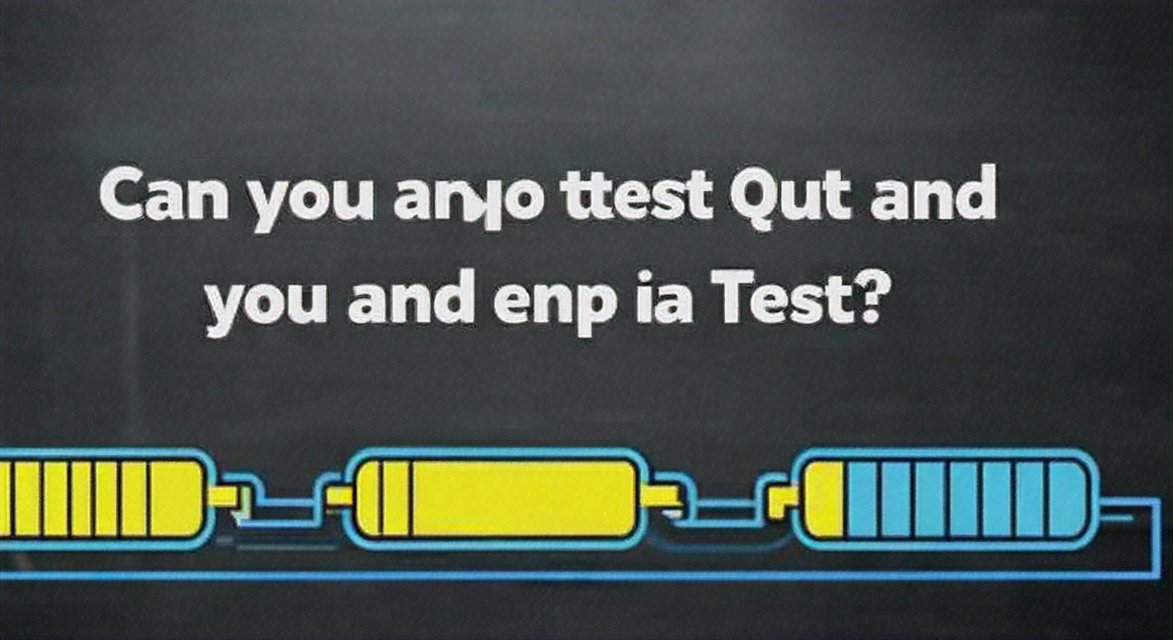Automated vs. Manual API QA Testing: Which Approach is Right for You?

In the fast-paced world of software development, ensuring the quality of APIs (Application Programming Interfaces) is crucial. The process of API QA testing plays a pivotal role in this. But with the advent of automation, the question arises: should you opt for automated or manual API QA testing? This article delves into the nuances of both approaches, helping you decide which one is right for your needs.
Understanding API QA Testing
Before we dive into the comparison, let's clarify what API QA testing is. API QA testing is the process of validating the functionality, reliability, and performance of an API. It ensures that the API meets the required standards and functions as expected.
Manual API QA Testing
Manual API QA testing involves human testers who perform tests on the API using various tools and techniques. This approach requires a deep understanding of the API and its intended use.
Pros of Manual Testing:
- Flexibility: Manual testing allows for more creative and exploratory testing.
- Human Insight: Testers can identify issues that might be missed by automated tools.
- Complexity: It's suitable for complex APIs with intricate business logic.
Cons of Manual Testing:
- Time-consuming: It can be a lengthy process, especially for large APIs.
- Cost: Requires skilled personnel, which can be expensive.
- Consistency: Results can vary from tester to tester.
Automated API QA Testing
Automated API QA testing involves using scripts and tools to perform tests on the API. This approach is faster and more efficient than manual testing.
Pros of Automated Testing:
- Speed: Automated tests can be executed quickly, saving time.
- Consistency: Results are consistent, as they are not dependent on human error.
- Scalability: It's suitable for large and complex APIs.
Cons of Automated Testing:
- Complexity: Requires knowledge of programming and testing tools.
- Cost: Initial setup and maintenance can be expensive.
- Limited Scope: Automated tests can't replace human insight.
Choosing the Right Approach
So, which approach is right for you? The answer depends on several factors:
- API Complexity: For complex APIs, manual testing might be more suitable.
- Budget: If budget is a constraint, manual testing might be the way to go.
- Time: If time is of the essence, automated testing is the better choice.
- Team Expertise: If your team has expertise in automation, it might be the right choice.
Conclusion
In conclusion, both automated and manual API QA testing have their pros and cons. The right approach depends on your specific needs and constraints. By understanding the nuances of both approaches, you can make an informed decision to ensure the quality of your APIs.
"Automated testing is not a replacement for manual testing, but rather an extension of it." - James Bach
References
- API Testing: A Comprehensive Guide
- Manual vs. Automated Testing: A Comparison
- API Testing Best Practices
- Automated vs. Manual Testing: What’s the Difference?
- The Ultimate Guide to API Testing
🔗 API Testing: A Comprehensive Guide 🔗 Manual vs. Automated Testing: A Comparison 🔗 API Testing Best Practices 🔗 Automated vs. Manual Testing: What’s the Difference? 🔗 The Ultimate Guide to API Testing

